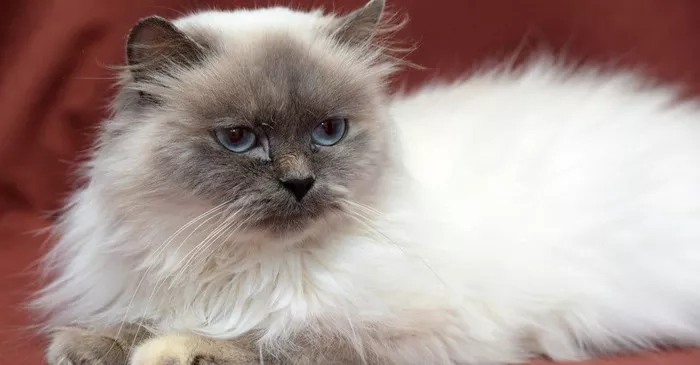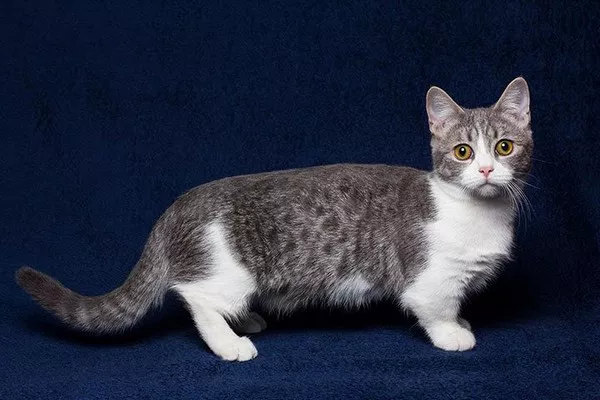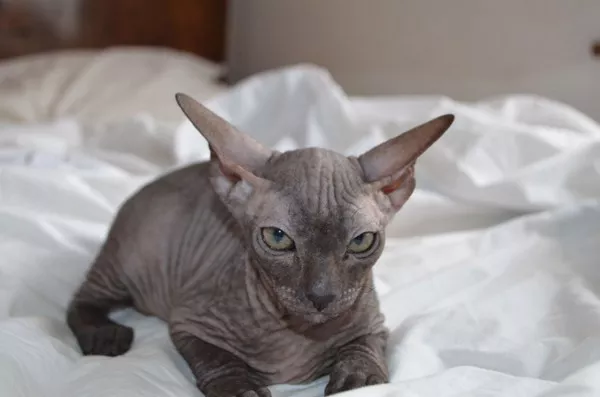Himalayan cats, with their striking blue eyes and luxurious fur, are a beloved breed known for their gentle demeanor and affectionate nature. As owners welcome these charming felines into their homes, one question often arises: when are Himalayan cats fully grown? In this comprehensive guide, we explore the growth stages of Himalayan cats, from kittenhood to adulthood, shedding light on the factors that influence their development and providing insights into their care and well-being.
Introduction to Himalayan Cats
Himalayan cats, also known as “Himmies,” are a breed recognized for their striking appearance, which combines the color points of Siamese cats with the long, flowing coat of Persian cats. Originating from a crossbreeding between Siamese and Persian cats, Himalayans boast a distinctive look characterized by their pointed ears, fluffy tails, and striking blue eyes.
Known for their calm and affectionate temperament, Himalayan cats make wonderful companions for families and individuals alike. With proper care and attention, these gentle felines can thrive in a variety of environments, bringing joy and companionship to their owners for many years to come.
Understanding the Growth Stages of Himalayan Cats
Like all cats, Himalayans go through distinct growth stages as they transition from kittens to adults. Understanding these stages is essential for providing appropriate care and meeting the unique needs of your feline companion.
Kittenhood (0-6 months): During the first few months of life, Himalayan kittens undergo rapid growth and development. They are typically weaned from their mother’s milk at around 4-6 weeks of age and begin to transition to solid food. During this stage, kittens are highly active and playful, exploring their environment and developing social skills through interaction with littermates and humans.
Adolescence (6-12 months): As Himalayan kittens approach the six-month mark, they enter adolescence, a period characterized by continued growth and maturation. During this stage, kittens may experience a growth spurt, both in terms of physical size and cognitive development. It’s essential to provide ample opportunities for exercise and mental stimulation during this time to support their overall well-being.
Young Adulthood (1-2 years): By the age of one year, most Himalayan cats have reached young adulthood and are considered fully grown in terms of physical size. However, they may continue to develop emotionally and behaviorally as they adjust to their adult roles within the household. This stage is crucial for establishing routines, reinforcing positive behaviors, and nurturing the bond between cat and owner.
Maturity (2+ years): Once Himalayan cats reach the age of two years or older, they are considered fully mature adults. At this stage, they have reached their full physical size and have settled into their adult personalities. While they may still exhibit playful behavior and enjoy interactive activities, they are less likely to engage in the high-energy antics of their kittenhood and adolescence.
Factors Influencing Growth and Development
Several factors can influence the growth and development of Himalayan cats, including genetics, nutrition, environment, and overall health. Providing a balanced diet, regular veterinary care, and a stimulating environment are essential for supporting your cat’s growth and ensuring their long-term well-being.
Caring for Your Growing Himalayan Cat
As your Himalayan cat grows and matures, it’s important to adapt your care routine to meet their changing needs. Here are some tips for caring for your growing feline companion:
Nutrition: Provide a high-quality, balanced diet specifically formulated for the nutritional needs of adult cats. Avoid overfeeding or feeding excessive treats, as this can lead to weight gain and other health issues.
Exercise: Encourage regular exercise and play to keep your Himalayan cat physically active and mentally stimulated. Interactive toys, climbing structures, and puzzle feeders can help provide enrichment and prevent boredom.
Grooming: Himalayan cats have long, thick fur that requires regular grooming to prevent mats and tangles. Establish a grooming routine that includes brushing, nail trimming, and dental care to keep your cat looking and feeling their best.
Veterinary Care: Schedule regular check-ups with your veterinarian to monitor your cat’s health and address any concerns or issues that may arise. Keep up-to-date on vaccinations, parasite prevention, and dental cleanings to maintain your cat’s overall well-being.
Conclusion: Nurturing Your Himalayan Cat’s Growth
In conclusion, Himalayan cats undergo a series of growth stages as they transition from kittens to fully grown adults. By understanding these stages and providing appropriate care and attention, you can support your Himalayan cat’s growth and development and ensure their long-term health and happiness. From kittenhood to adulthood, your feline companion will continue to bring joy and companionship into your life, enriching your home with their gentle presence and affectionate nature.

























